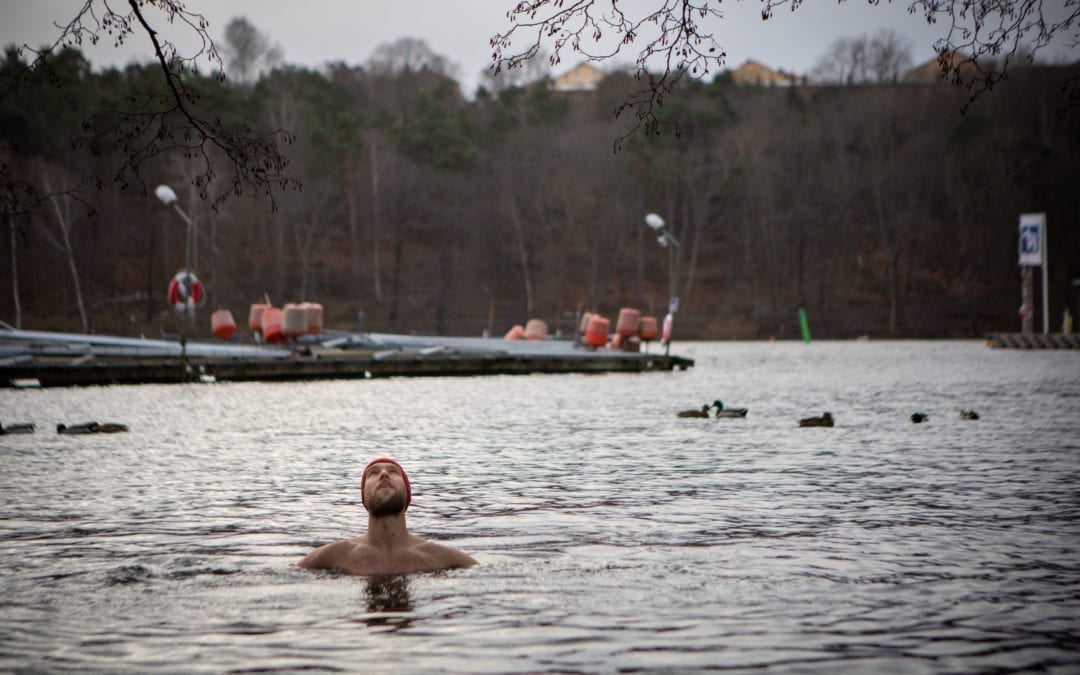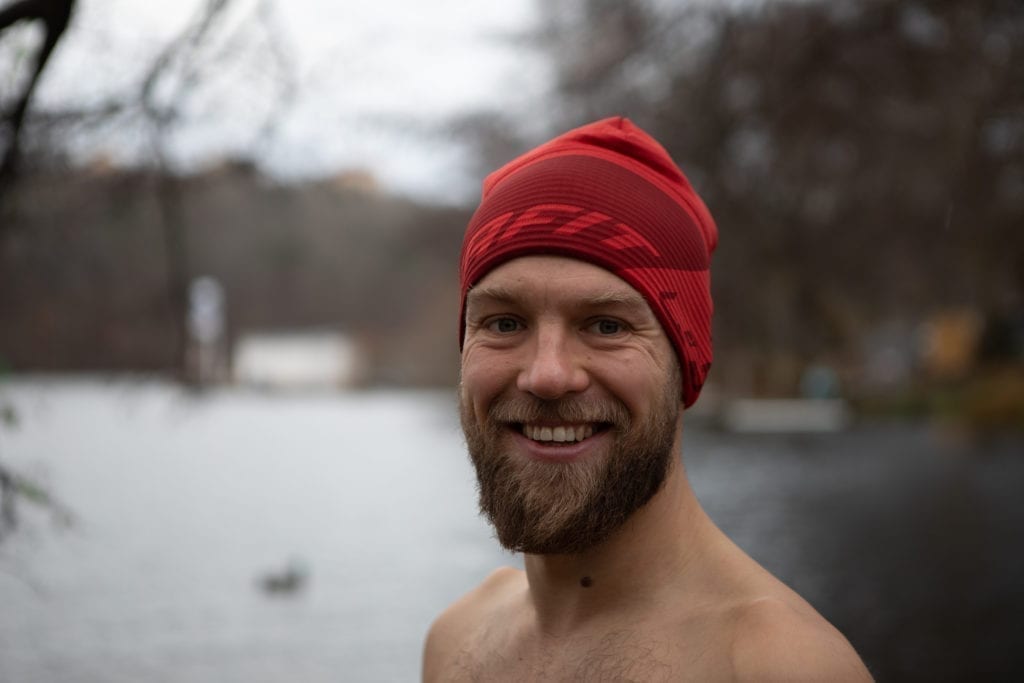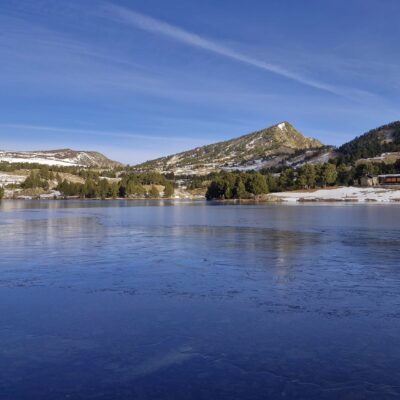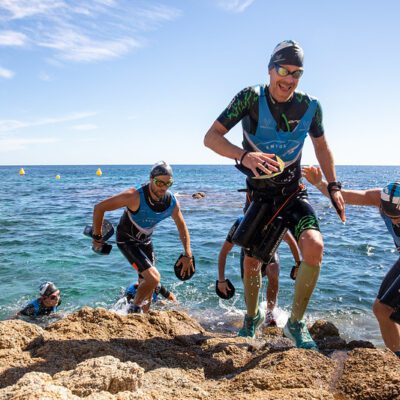Stress, less activity, depression, low resistance and cold water
By: Igor Lewandowski – Igisport
We live in times when the issue of resistance is at the forefront of our attention, and besides, we are experiencing restricted access to sports facilities. We are attacked by negative information, we work from home more often, we are less physically active, and it is more difficult for us to maintain a balanced diet. These unfavourable factors elevate the level of stress and, as a consequence, weaken our body and increase the risk of mental illnesses such as depression.
A remedy for regaining the lost balance is very simple – COLD WATER. The autumn-winter period is perfect to start having cold baths and take up ice swimming.
Almost each one of us while trekking in the mountains wanted to put our feet into a flowing mountain stream to soothe them and relieve stress. Such a procedure can be called hydrotherapy. Our body subconsciously tells us what to do to improve the internal process of self-regeneration.
Hydrotherapy is based on hydrostatic and thermal properties of water. Its molecules surrounding our body can absorb more heat than air. They additionally reduce the layer of air covering our skin by 90%. This layer makes up thermal insulation. Heat conduction through water is 25 times greater than through air, which makes the body cool down rapidly. Water, due to its specific properties, induces a series of immediate regulatory reactions if it comes into contact with a human largest organ, that is the skin.
For the most of our years of life, our bodies are protected with layers of technical clothing equipped with different membranes. Of course, they provide us with comfort and often allow us to go further and achieve more. However, this protection separates us from the outside world. We restrict our senses which develop our brain and their constant stimulation ensures overall well-being.
It is good to prepare yourself for exposure to cold water. First of all, you should find a reservoir of cold water, take a companion with you or join a group and prepare yourself mentally and physically for what will happen. One companion or more increase your safety during ice baths. By observing and asking you simple questions they control your ability of logical thinking. Besides, being in a group is socially beneficial. Nevertheless, people suffering from cardiovascular diseases and with high blood pressure should not take cold baths.
Moderate warm-up
Before ice swimming, it is advisable to perform aerobic exercises which will trigger metabolic changes. You should however avoid overheating the body. Strenuous exercise will significantly increase blood supply to large muscle groups. Consequently, the body heat will be released to water faster and hypothermia may occur sooner. The risk of thermal shock in this case is also higher.
It is good to “make friends” with cold water gradually, but quite vigorously by “splashing” it on distal parts of the body, i.e. arms and legs. Then, the back and finally, the heart area. It is not recommended to put your head underwater, particularly before you have evened out your breathing.
A typical warm-up may consist of moderate workout combined with aerobic exercises. What should moderate workout be like? It is such exercise during which we have no difficulty talking freely. It is a good idea to do some exercise which will help to stretch the front part of the chest and the shoulder girdle. This will facilitate the movement of ribs during respiration. The duration of the warm-up, just like the bath itself, should depend on our feelings. We must not set any requirements regarding the duration of the warm-up.
Don’t rush me because I am becoming out of breath
Once our body comes into contact with cold water, it involuntarily reacts by contracting its superficial blood vessels. The phenomenon in which blood starts getting to deeper tissues and organs is called centralisation of blood flow.
At this stage, our skin becomes pale. It is deprived of blood and together with tissues located just beneath, it serves as a thermal insulator.
In the second phase, the skin becomes vivid pink. This colour results from vasodilation, or to be more specific, widening of blood vessels. In hydrotherapy, this reaction is called a vascular reaction. An occurrence of such reaction clearly indicates that hydrotherapy has brought expected physiological benefits.
Other consequences of a sudden cooling include: an accelerated heart rate and changed breathing pattern. At first, pulmonary ventilation increases slightly and later, the breath becomes shallow and may be irregular. At this stage, all breathing techniques are useful as they will allow us to bring our body back to normal after reacting to stress.
After leaving the water, we should be focused on restoring the proper body temperature. First of all, we should protect ourselves from wind and change into dry clothes. Then, we should initiate an activity which will successfully elevate our body temperature. This can be most easily achieved by activating postural muscles, i.e. the deepest muscles, responsible for precise stabilisation and rotation movements. Any exercises performed on an unstable surface or with tools with an unfixed centre of gravity will be perfect for this purpose. It is not recommended to pour hot water or go into a sauna immediately after ice bathing as this may disrupt the internal heating process. Tremors are a natural reaction; however, when they are too long, it may indicate that we have overexposed our body to cold.
Why do ice swimmers fall ill so rarely?
Exposure to low temperatures increases the activity of the immune system by stimulating neutrocytes, that is blood cells that protect our body against infections.
The vagus nerve is of great importance in promotion of overall well-being. It is a part of the autonomic parasympathetic system, which is responsible for providing the state of tranquillity and relaxation. It normalises digestion and facilitates regeneration after a period of stress. Exposure to cold is stressful for our body and activates the sympathetic system, which in turn triggers “fight or flight” reactions. In an emergency, this mechanism allows us to survive. When it occurs chronically, as it happens in the case of chronic work-related stress, it is destructive for us.
Regular induction of stress by ice swimming makes our body and mind adapt to other stressful situations we encounter in life. Our body reacts to each stressful situation in the same way, no matter it is work-related stress or that caused by cold water.
Thus, by consciously controlling our own reactions in cold water, we influence mental immunity and stimulate the vagus nerve. All this reduces the risk of depression, which many of us face to a greater or lesser extent, especially in the autumn-winter period.
The wonderful feeling that we experience after an ice bath is attributed to happiness hormones. Once our body gets adapted to changing temperatures, it will be able to stand both low and high temperatures more easily. In this way, it will be easier for us to plunge into crisp water during a swimrun competition. Our thermoregulation system will work more efficiently if we go for a run on a hot day, too. Our home budget should also benefit from ice swimming as central heating bills will get reduced, which will eventually prevent us from getting into a financial being penniless.
Igor Lewandowski. Master’s degree in physiotherapy, CTS and Envol athlete. A therapist specialising in treatment with the Zoga movement, an amateur of swimrun and advocate of holistic approach to health. Born in Lodz, living in Stockholm for a year, where he observes trainings of the best swimrunners.
References:
- Milton M.J., Collier N., Massey H., Corbett J., Harper M., Cold water immersion: kill or cure? Experimental Physiology , 2017, Volume 102,
- Dugué B., Leppänen E., Adaptation related to cytokines in man: effects of regular swimming in ice-cold water, “Clin Physiol”, 2000, Nr 20(2), s. 114
- Kolettis T.M., Kolettis M.T., Winter swimming: healthy or hazardous? Evidence and hypotheses, “Med Hypotheses”, 2003, Nr 61(5-6), s. 654-6.
- Mika T, Kasprzak W. Fizykoterapia. PZWL, Warszawa 2001
- Slavic GM & Irwin MR (2014). From stress to inflammation and major depressive disorders: a social signal transduction theory of depression. Psychol Bull 140, 774–815.
- https://outdoorswimmer.com/blogs/swim-positive
- Brenke R (1990). Winter swimming—an extreme form of body hardening. Therapeutikon 4, 466–472.







